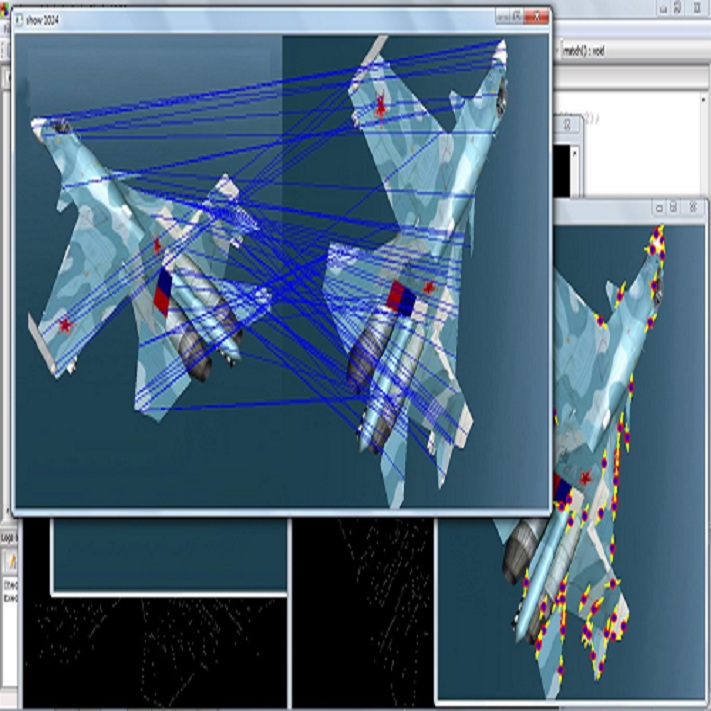Myocardial motion and deformation are rich descriptors that characterize cardiac function. Image registration, as the most commonly used technique for myocardial motion tracking, is an ill-posed inverse problem which often requires prior assumptions on the solution space. In contrast to most existing approaches which impose explicit generic regularization such as smoothness, in this work we propose a novel method that can implicitly learn an application-specific biomechanics-informed prior and embed it into a neural network-parameterized transformation model. Particularly, the proposed method leverages a variational autoencoder-based generative model to learn a manifold for biomechanically plausible deformations. The motion tracking then can be performed via traversing the learnt manifold to search for the optimal transformations while considering the sequence information. The proposed method is validated on three public cardiac cine MRI datasets with comprehensive evaluations. The results demonstrate that the proposed method can outperform other approaches, yielding higher motion tracking accuracy with reasonable volume preservation and better generalizability to varying data distributions. It also enables better estimates of myocardial strains, which indicates the potential of the method in characterizing spatiotemporal signatures for understanding cardiovascular diseases.
翻译:心肌运动和畸形是具有心脏功能特征的丰富的描述器。图像注册是最常用的心肌运动跟踪技术,因此是一个不常见的反向问题,往往需要先对解决方案空间进行假设。与大多数现行方法相比,我们建议采用新的方法,在这项工作中实行明显的通用正规化,如光滑,在这项工作中,我们建议采用一种新颖的方法,可以隐含地学习一种特定应用的生物机能,事先知情,并嵌入一个神经网络单向变形模型。特别是,拟议方法利用基于变式自动电解器的基因化模型,学习一个用于生物机能性貌似畸形的元体。然后,运动跟踪可以通过在研究序列信息的同时,通过所学的元体来寻找最佳变形。拟议方法在三套公众心电离子 MRI 数据集上得到验证,并进行全面评价。结果显示,拟议方法可以超越其他方法,产生较高的运动跟踪精确度,以合理的体积保存,并更普遍地用于不同的数据分布。它还能够更好地估计心肌紧张,从而理解心血管疾病特征的特征。


